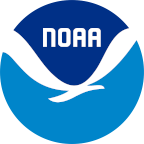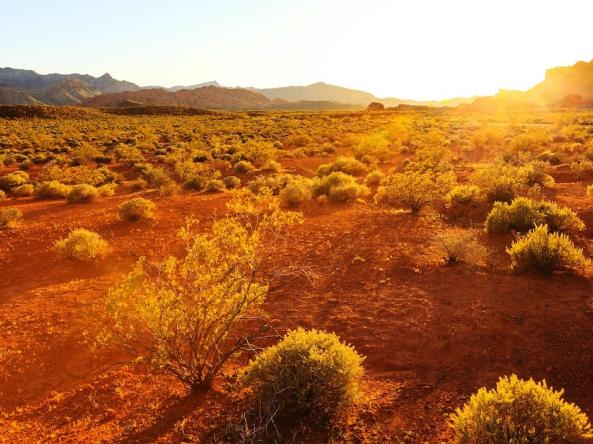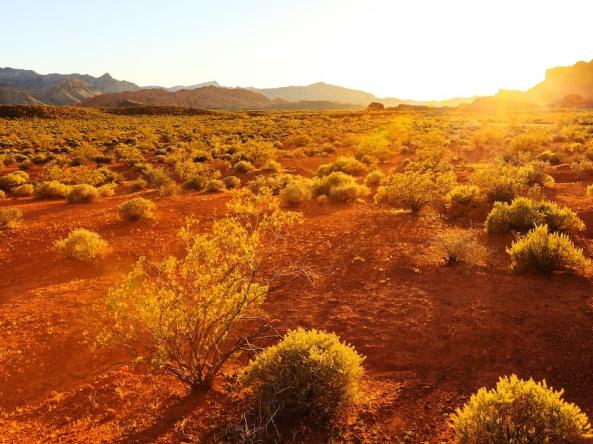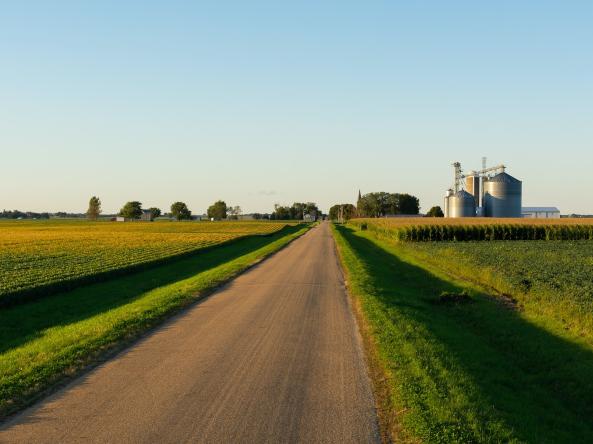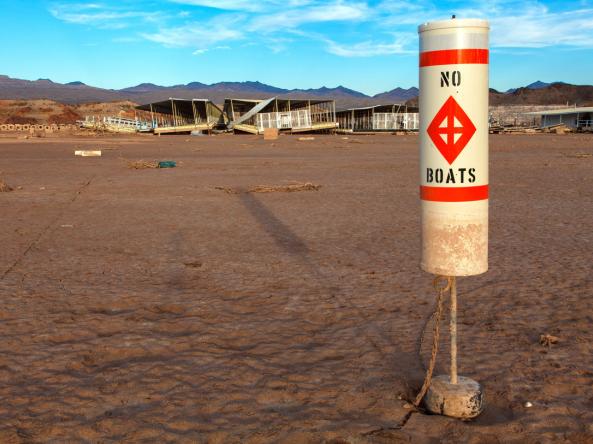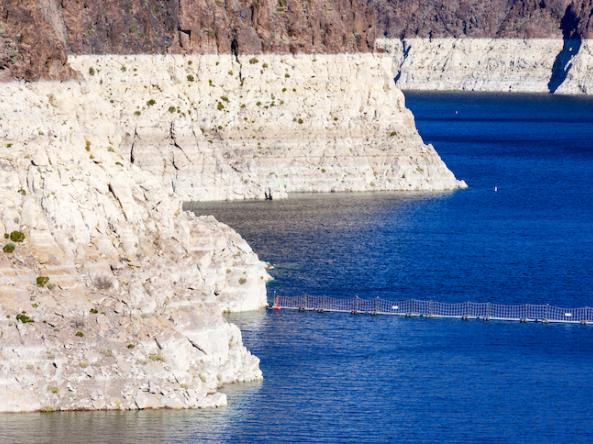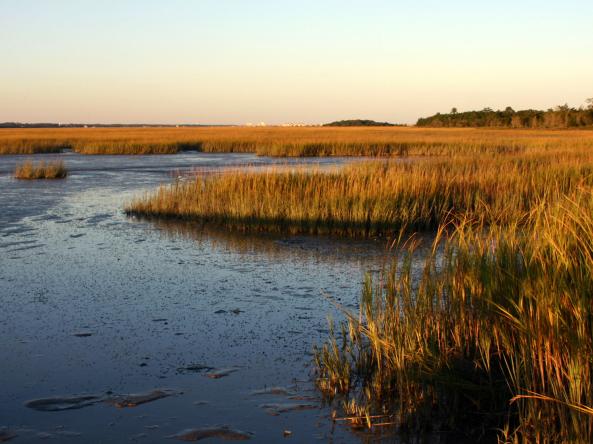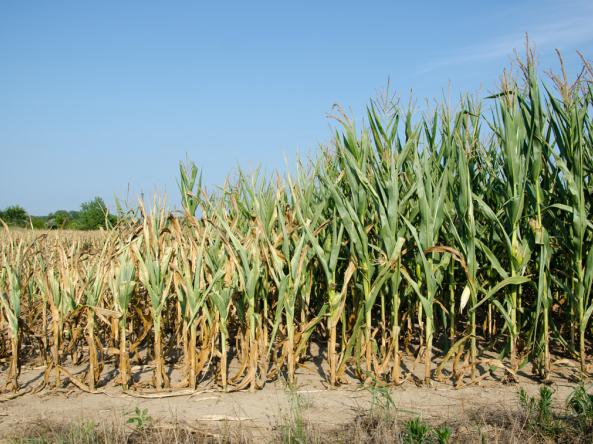For the latest forecasts and critical weather information, visit weather.gov.
The U.S. Geological Survey (USGS) and NOAA’s National Integrated Drought Information System (NIDIS) are holding a series of listening sessions on Drought Prediction and Water Availability to seek input on priorities and needs related to predicting water availability changes under drought conditions at national and regional scales. This input will be used to guide USGS Drought Program planning and orientation, as well as to inform other national drought programs.
Nevada’s variable climate makes drought preparedness not only important but challenging. To effectively address some of the challenges faced in the drought planning process, the Nevada Division of Water Resources is collaborating with the Desert Research Institute (DRI), the Nevada State Climate Office, and the National Oceanic and Atmospheric Administration (NOAA) through the National Integrated Drought Information System (NIDIS) program to facilitate three virtual workshops aimed at improving drought planning, mitigation, and communication in Nevada.
Nevada’s variable climate makes drought preparedness not only important but challenging. To effectively address some of the challenges faced in the drought planning process, the Nevada Division of Water Resources is collaborating with the Desert Research Institute (DRI), the Nevada State Climate Office, and the National Oceanic and Atmospheric Administration (NOAA) through the National Integrated Drought Information System (NIDIS) program to facilitate three virtual workshops aimed at improving drought planning, mitigation, and communication in Nevada.
The National Weather Service (NWS) National Water Center and River Forecast Centers hosted the Greater Mississippi River Basin: Spring Hydrologic Outlook Webinar #2 on Thursday, February 24, 2022 at 2:30 pm CST. This briefing provided updated hydrologic information for the Missouri River, Red River of the North, Souris River, Mississippi River, and Ohio River basins.
As the Colorado River Basin experienced 2020’s “sneaky drought” amid a long-term pattern that looks increasingly like one of the region’s millennial “megadroughts” that last decades, water managers have worked on ways to adapt. Where have we seen success, and which communities are vulnerable as climate change continues to eat away a river on which 40 million people depend?
The U.S. Geological Survey (USGS) and NOAA’s National Integrated Drought Information System (NIDIS) webinar served as the kickoff to a series of listening sessions to seek input on priorities and needs related to predicting water availability changes under drought conditions at national and regional scales. This input will be used to guide USGS Drought Program planning and orientation, as well as to inform other national drought programs.
A more active pattern of precipitation in January and early February helped alleviate drought conditions following a dry November and December. We are still in a La Niña Advisory, and it should continue through April. The three-month outlook shows a higher probability of above-normal temperatures and below-normal precipitation. Streamflow levels are moving back to normal.
This Midwest DEWS research webinar presented results from a NIDIS-funded research study that was recently published in the Journal of Hydrometeorology.
The National Weather Service (NWS) National Water Center and River Forecast Centers hosted the Greater Mississippi River Basin: Spring Hydrologic Outlook Webinar #1 on Thursday, February 10, 2022 at 2:30 pm CST. This briefing provided updated hydrologic information for the Missouri River, Red River of the North, Souris River, Mississippi River, and Ohio River basins.
